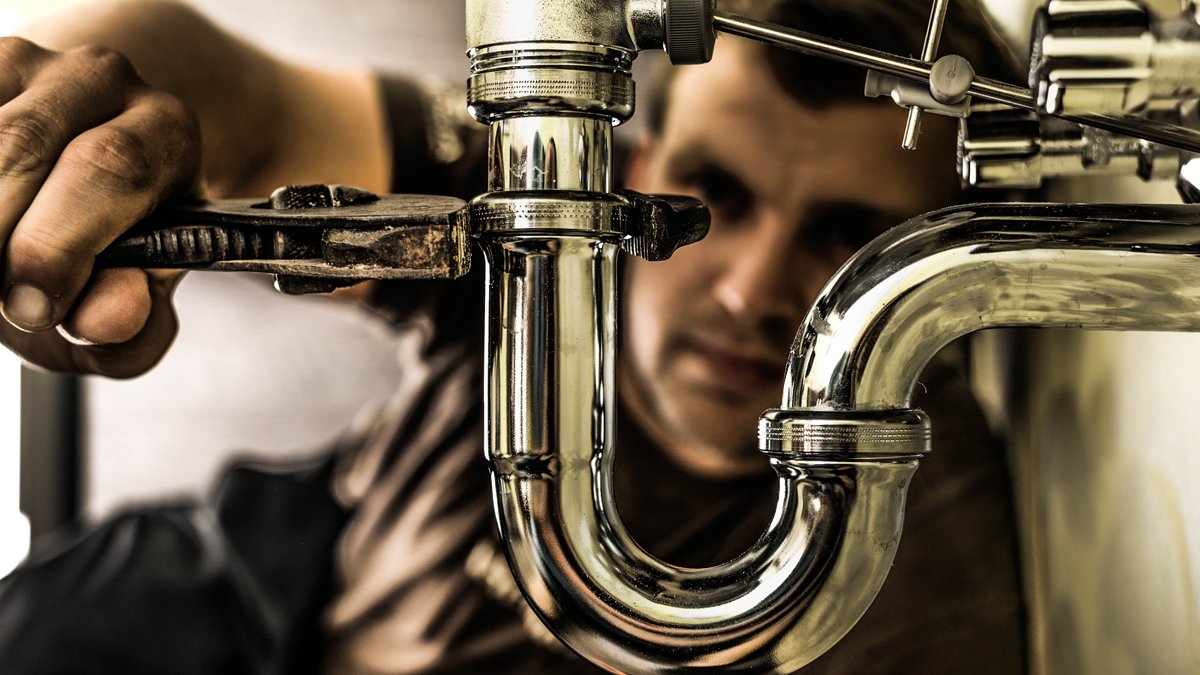As winter approaches, ensuring your home plumbing is ready for freezing temperatures becomes a top priority. Properly winterizing your plumbing not only prevents costly repairs but also keeps your home safe and efficient during the colder months. This article outlines essential steps and tips on how to winterize home plumbing effectively, ensuring peace of mind all season long.
Why Winterizing Your Plumbing is Important
Freezing temperatures can cause water in pipes to expand, leading to burst pipes and severe water damage. Taking preventive measures to winterize your plumbing saves you from unexpected repair costs, water wastage, and potential damage to your property.
Key benefits of winterizing plumbing:
- Prevents pipe bursts: Avoid costly repairs by reducing the risk of frozen pipes.
- Saves energy and water: Insulated pipes conserve heat, making your home more energy-efficient.
- Protects property value: Prevent water damage that could devalue your home.
Step-by-Step Guide to Winterize Home Plumbing
Follow these simple steps to safeguard your plumbing system from freezing weather:
1. Inspect and Repair Leaks
Before winter sets in, thoroughly inspect your plumbing system for leaks. Look for dripping faucets, loose pipe joints, and water stains under sinks. Even small leaks can lead to significant problems if water freezes and expands.
- Fix leaks immediately: Use pipe sealant or call a professional plumber to address leaks.
- Check outdoor spigots: Ensure outdoor faucets are drip-free and tightly shut.
2. Drain Outdoor Faucets and Hoses
Outdoor faucets and garden hoses are the most vulnerable to freezing temperatures. Prepare them by:
- Disconnecting and draining all garden hoses.
- Shutting off the water supply to outdoor faucets using the indoor shut-off valve.
- Draining any remaining water by opening the outdoor faucet.
- Installing faucet covers for added insulation.
3. Insulate Exposed Pipes
Pipes in unheated areas, such as basements, attics, garages, and crawl spaces, are particularly susceptible to freezing. Protect these pipes with insulation:
- Use pipe insulation sleeves or foam pipe wrap to cover exposed pipes.
- For extreme cold, consider heat tape or heating cables, which provide consistent warmth to pipes.
- Seal any gaps or cracks in walls near pipes to block cold air.
4. Shut Off and Drain Sprinkler Systems
Irrigation systems are often overlooked but can suffer significant damage if not winterized. To prepare:
- Turn off the water supply to your sprinkler system.
- Drain water from pipes, valves, and sprinkler heads by using the system’s manual drain valve or compressed air.
- Insulate above-ground components, such as backflow preventers, with foam covers.
5. Prepare Indoor Plumbing
Your indoor plumbing also requires attention to prevent freezing.
- Leave cabinet doors open under sinks to allow warm air to circulate around pipes.
- Keep your thermostat set to a consistent temperature (no lower than 55°F) even when you’re away.
- Consider letting faucets drip slightly on extremely cold nights to relieve pressure and prevent freezing.
6. Winterize Your Water Heater
Water heaters work harder during winter, so prepare them for the season:
- Drain sediment buildup by flushing the tank.
- Insulate the tank with a water heater blanket, especially if it’s located in a cold area.
- Check the thermostat and set it to 120°F for optimal efficiency.
7. Locate the Main Shut-Off Valve
Knowing where your main water shut-off valve is located can save precious time in the event of a burst pipe. Test the valve to ensure it works properly, and make sure everyone in your household knows its location.
8. Install Frost-Proof Faucets and Valves
If you live in an area with harsh winters, consider upgrading to frost-proof outdoor faucets and valves. These are designed to prevent freezing by extending the valve seat inside your home where temperatures are warmer.
Additional Tips for Winterizing Home Plumbing
-
Seal Drafts Around Pipes:
-
-
- Use caulking or spray foam to seal gaps where pipes enter your home to keep cold air out.
-
-
Use Smart Technology:
-
-
- Install smart thermostats or leak detectors to monitor your home’s temperature and water usage, receiving alerts if issues arise.
-
-
Drain Water Features:
-
-
- Drain water from fountains, ponds, or pools if not in use, or use a de-icer to prevent freezing damage.
-
-
Consult a Professional:
-
- For complex systems or if you’re unsure about the process, hire a licensed plumber to winterize your plumbing.
What to Do if Pipes Freeze
Despite your best efforts, pipes may freeze during extreme cold. Here’s how to handle frozen pipes safely:
-
Turn Off the Water:
-
-
- Shut off the main water supply to prevent further damage.
-
-
Thaw Pipes Gently:
-
-
- Use a hair dryer or heating pad to thaw frozen sections of pipe. Never use an open flame.
-
-
Inspect for Damage:
-
-
- Once thawed, check pipes for cracks or leaks. If you find any, call a plumber immediately.
-
-
Prevent Future Freezing:
-
- Increase insulation or add heat tape to vulnerable pipes.
Benefits of Winterizing Home Plumbing
Investing time and effort in winterizing your home plumbing pays off in multiple ways:
-
Avoid Costly Repairs:
-
-
- Preventing pipe bursts can save thousands of dollars in repair and water damage costs.
-
-
Conserve Resources:
-
-
- Insulated pipes reduce water and energy wastage, lowering utility bills.
-
-
Peace of Mind:
-
- Enjoy the winter season without worrying about plumbing emergencies.
Conclusion
Winterizing your home plumbing is a crucial step in preparing for cold weather. From insulating exposed pipes to draining outdoor faucets, these proactive measures protect your home from the risks of freezing temperatures. By following this comprehensive guide, you can ensure your plumbing system remains functional and efficient all winter long. Whether you tackle the process yourself or seek professional assistance, the effort you invest now will save you time, money, and stress in the future.



